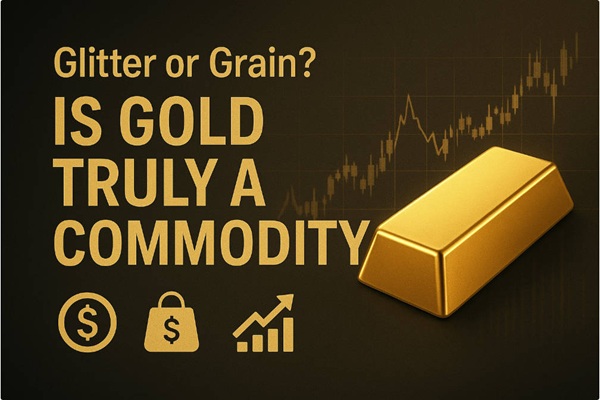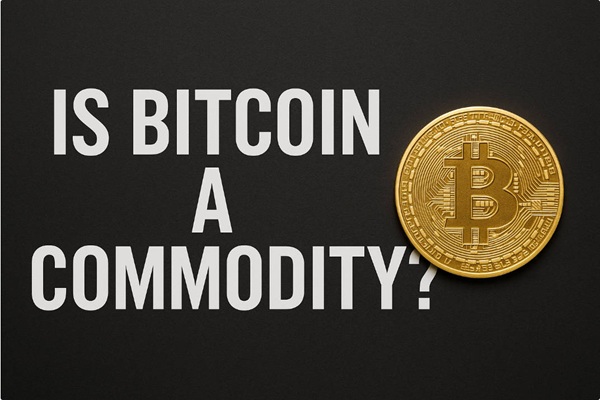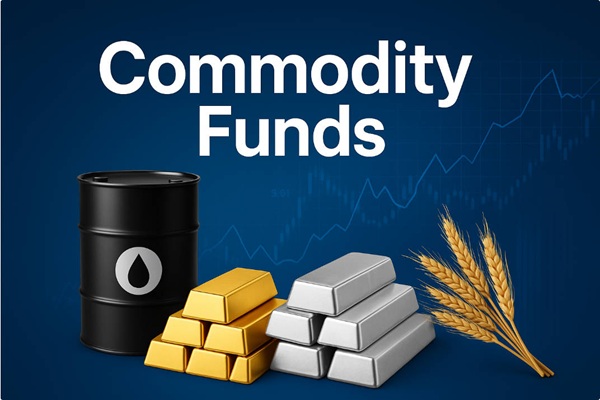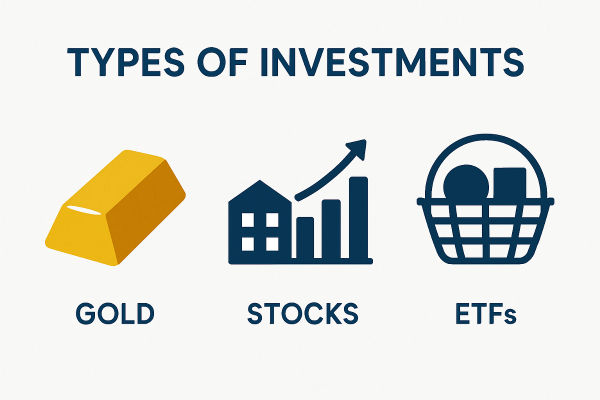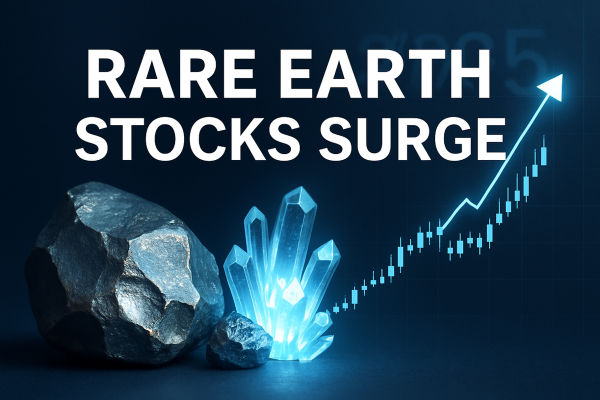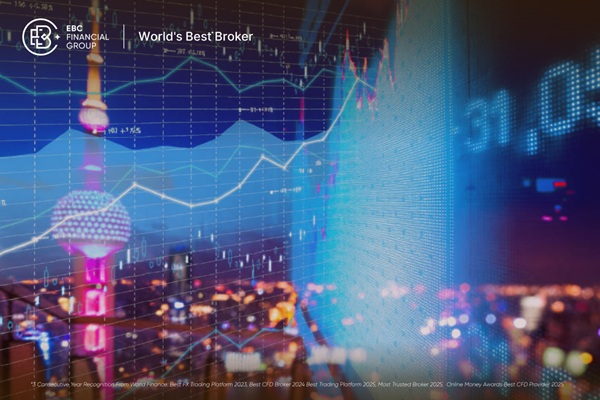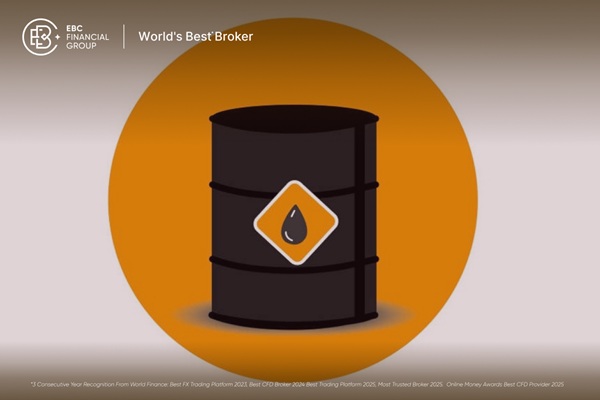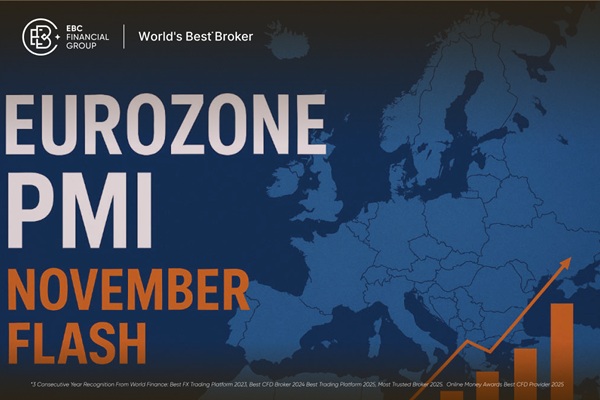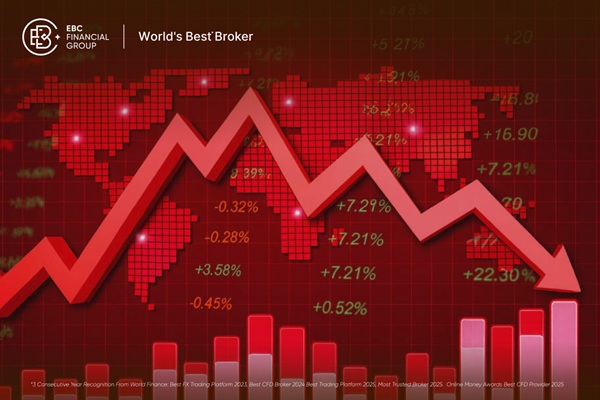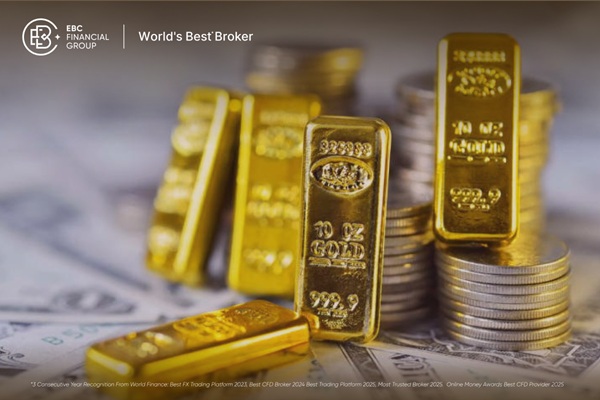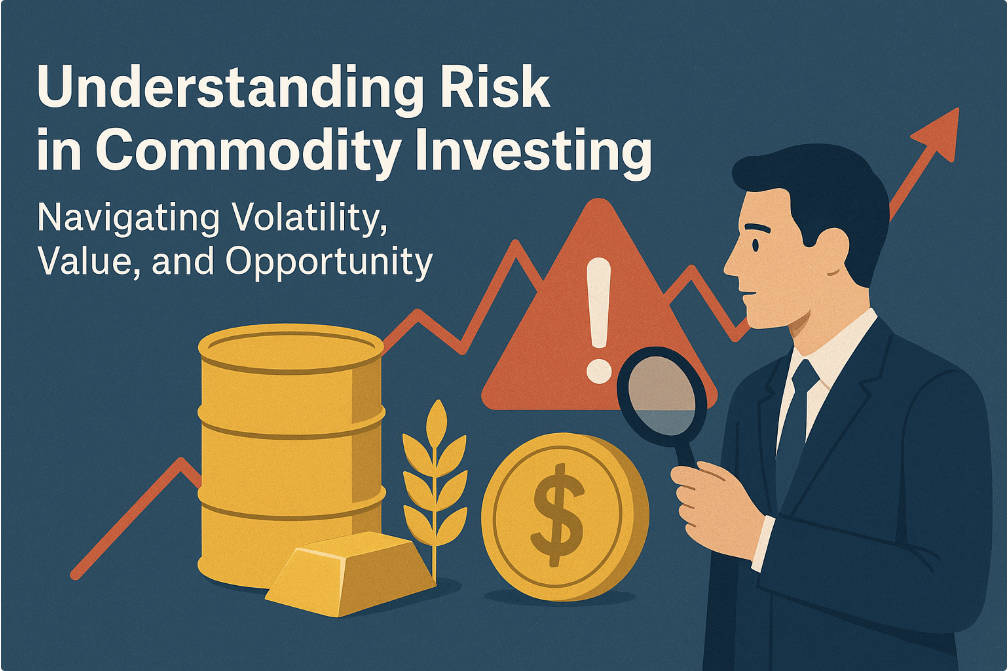
Commodities occupy a unique space in financial markets. They are tangible assets — oil, gold, coffee, wheat, and metals — that underpin global production and consumption.
Yet, their prices often behave like a tempest, swinging sharply with every economic shift, weather pattern, or geopolitical conflict.
The risk in investing in a commodity lies in this duality. Commodities can be a hedge against inflation and currency depreciation, but they can also erode capital when markets turn volatile.
Understanding and managing risk, rather than avoiding it altogether, is essential for investors seeking stability in an inherently unstable market.
What Makes Commodities Risky Investments

Unlike equities or bonds, commodities do not generate earnings or interest. Their value depends entirely on price movement, which is influenced by numerous unpredictable forces.
Supply and demand shocks — for instance, a drought cutting crop yields or a surge in energy consumption — can send prices soaring or collapsing.
Geopolitical tensions, such as sanctions or conflicts, often disrupt trade flows.
Speculative trading in futures markets can magnify short-term volatility.
Thus, the risk in commodity investing stems not only from economic fundamentals but also from external and behavioural factors that are hard to forecast.
Types of Risk in Commodity Investing

1) Market Risk: Riding the Price Rollercoaster
The most visible risk in investing in a commodity is market risk — the potential loss due to unfavourable price movements.
For example, crude oil prices have swung from over $140 per barrel in 2008 to below $30 in 2016. shaking even experienced investors. Market risk reflects the commodity's sensitivity to global cycles and speculative flows.
2) Liquidity Risk: When Exiting Becomes Expensive
Not all commodities enjoy deep, active markets. Investors holding positions in niche products, such as rare metals or specific agricultural goods, may struggle to sell at fair value when demand dries up.
Liquidity risk can turn a paper profit into a realised loss simply because there are no buyers when one needs them most.
3) Political and Regulatory Risk: The Invisible Hand of Policy
Government policies play a crucial role in commodity markets. Export bans, tariffs, or subsidies can distort natural price signals. For example, when a major grain-producing country restricts exports, global prices may spike overnight.
Such regulatory risk introduces unpredictability even for well-researched investments.
4) Operational Risk: From Storage to Shipment
Physical commodities carry operational risks often absent from financial assets. Transportation delays, storage costs, spoilage, or fraud in contracts can all impact profitability.
For institutional traders dealing with large volumes, operational inefficiencies can quickly compound into financial losses.
5) Currency Risk: When Exchange Rates Skew Returns
Since most commodities are priced in US dollars, investors from other currency zones face exchange rate risk. A strengthening domestic currency can reduce returns even if the commodity price rises in dollar terms.
Risk Premium and Investor Psychology

Despite its volatility, investors continue to flock to commodity markets. This is largely due to the concept of risk premium — the additional return expected for taking on greater uncertainty.
However, investor psychology often complicates rational decision-making. Behavioural biases, such as herd mentality and fear of missing out (FOMO), can lead to overexposure during bull markets and panic selling during downturns. Recognising these emotional pitfalls is an essential part of managing risk in commodity investing.
Tools and Strategies to Manage Risk in Commodity Investing

1) Diversification Across Commodities and Asset Classes
Diversification remains the cornerstone of risk management. By spreading investments across energy, metals, and agricultural commodities — and blending them with equities or bonds — investors can cushion portfolio volatility.
2) Hedging Risk Through Derivatives
Derivatives such as futures, options, and swaps allow investors to hedge price exposure. For example, a manufacturer can lock in input costs through futures contracts, protecting itself from price spikes.
Yet derivatives themselves require expertise; misusing them can introduce new risks rather than reduce existing ones.
3) Fundamental vs Technical Risk Control
Fundamental analysis focuses on supply-demand dynamics, economic data, and macro trends. Technical analysis relies on price charts, momentum indicators, and historical patterns. A balanced approach — combining both — offers a broader perspective on risk factors.
4) ESG and Geopolitical Risk Filters
Modern investors increasingly use Environmental, Social, and Governance (ESG) filters to avoid assets exposed to unsustainable or politically unstable sources. This helps reduce long-term reputational and geopolitical risks.
Case Studies: Lessons from Historical Commodity Risks
The 2008 Oil Crash: Excessive speculation and slowing global growth triggered one of the sharpest declines in oil prices. It underscored the danger of ignoring market fundamentals.
The 2020 Gold Surge: Amid pandemic fears, investors turned to gold as a safe haven. Prices soared, highlighting how uncertainty and risk perception drive demand.
Agricultural Disruptions and Climate Risk: Unpredictable weather patterns have increased the frequency of supply shocks, reminding investors that climate risk is now central to commodity valuation.
Emerging Risks in the 2020s Commodity Landscape

The 2020s have brought a new generation of risks to commodity investing:
Climate Transition Risk: The global push towards net-zero emissions is reshaping energy markets. Fossil fuel assets face declining demand and policy headwinds.
AI-Driven Volatility: Algorithmic trading can amplify market swings, creating short bursts of extreme volatility.
Supply Chain Fragmentation: Political realignment and trade protectionism have increased uncertainty in sourcing and logistics.
Each of these factors makes the modern commodity market more complex — and risk management more critical than ever.
Balancing Risk and Reward: A Strategic Investor's Perspective
Professional investors measure risk-adjusted performance using metrics such as the Sharpe ratio and beta exposure. These tools evaluate whether the returns adequately compensate for the risks taken.
Retail investors, too, can apply simplified versions of these principles by:
Assessing how much volatility they can tolerate.
Setting clear stop-loss levels.
Maintaining a disciplined allocation strategy.
The key is not to eliminate risk but to align it with individual financial goals and time horizons.
Conclusion: Risk as a Constant, not a Constraint
Risk in investing in a commodity is not a flaw — it is a defining feature. It reflects the living, dynamic nature of global supply and demand. The most successful investors are not those who avoid risk, but those who understand, measure, and adapt to it.
With informed strategy, diversification, and patience, commodities can offer a meaningful place in a balanced portfolio. The goal is not to tame the market's volatility, but to harness it with insight and discipline.
Comparative Risk Factors Across Major Commodity Classes
| Commodity Type |
Primary Risk Factors |
Typical Volatility |
Common Hedging Tools |
| Energy (Oil, Gas) |
Geopolitical tension, policy shifts |
High |
Futures, ETFs |
| Precious Metals |
Currency risk, investor sentiment |
Medium |
Options, CFDs |
| Agricultural |
Weather, transport, spoilage |
High |
Futures, crop insurance |
| Industrial Metals |
Economic cycles, demand from manufacturing |
Medium |
ETFs, futures |
Disclaimer: This material is for general information purposes only and is not intended as (and should not be considered to be) financial, investment or other advice on which reliance should be placed. No opinion given in the material constitutes a recommendation by EBC or the author that any particular investment, security, transaction or investment strategy is suitable for any specific person.












